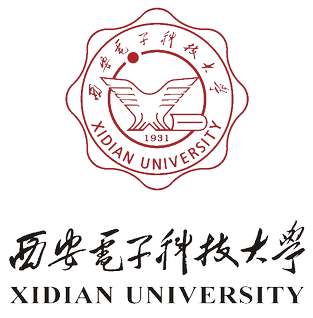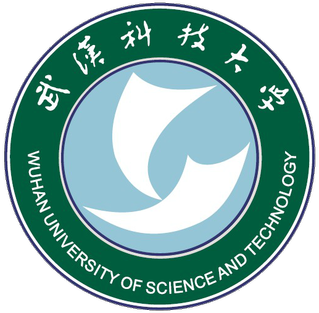This article may be expanded with text translated from the corresponding article in Chinese. (September 2014)Click [show] for important translation instructions.
|
| Shandong Lanxiang Vocational School 山东蓝翔技师学院 | |
|---|---|
 | |
| Address | |
| 11 Lanxiang Middle Road, Tianqiao District, Jinan, Shandong China | |
| Information | |
| School type | Private Vocational School |
| Established | 1984 |
Coordinates: 36°42′07″N116°59′31″E / 36.702°N 116.992°E The Shandong Lanxiang Vocational School (simplified Chinese :山东蓝翔高级技工学校; traditional Chinese :山東藍翔高級技工學校; pinyin :Shāndōng Lánxiáng Gāojí Jìgōng Xuéxiào), colloquially Lanxiang (Chinese :蓝翔), is a vocational school in the Tianqiao District of Jinan, Shandong, China.

A geographic coordinate system is a coordinate system that enables every location on Earth to be specified by a set of numbers, letters or symbols. The coordinates are often chosen such that one of the numbers represents a vertical position and two or three of the numbers represent a horizontal position; alternatively, a geographic position may be expressed in a combined three-dimensional Cartesian vector. A common choice of coordinates is latitude, longitude and elevation. To specify a location on a plane requires a map projection.

Simplified Chinese characters are standardized Chinese characters prescribed in the Table of General Standard Chinese Characters for use in mainland China. Along with traditional Chinese characters, they are one of the two standard character sets of the contemporary Chinese written language. The government of the People's Republic of China in mainland China has promoted them for use in printing since the 1950s and 1960s to encourage literacy. They are officially used in the People's Republic of China and Singapore.

Traditional Chinese characters are Chinese characters in any character set that does not contain newly created characters or character substitutions performed after 1946. They are most commonly the characters in the standardized character sets of Taiwan, of Hong Kong and Macau, and in the Kangxi Dictionary. The modern shapes of traditional Chinese characters first appeared with the emergence of the clerical script during the Han Dynasty, and have been more or less stable since the 5th century.
Contents
The school was founded in 1984 [1] and is said to have been established with support from the People's Liberation Army. [2] The school admits about 20,000 students per year [1] and offers courses in subjects like cooking, auto repair, construction equipment operations (specialized in excavator), hairdressing, as well as computer skills (albeit possibly only basic ones). [1]

The Chinese People's Liberation Army (PLA) is the armed forces of the People's Republic of China (PRC) and its founding and ruling political party, the Communist Party of China (CPC). The PLA consists of five professional service branches: the Ground Force, Navy, Air Force, Rocket Force, and the Strategic Support Force. Units around the country are assigned to one of five Theater commands by geographical location. The PLA is the world's largest military force and constitutes the second largest defence budget in the world. It is one of the fastest modernising military power in the world and has been termed as a potential military superpower, with significant regional defense and rising global power projection capabilities. China is also the third largest arms exporter in the world.















